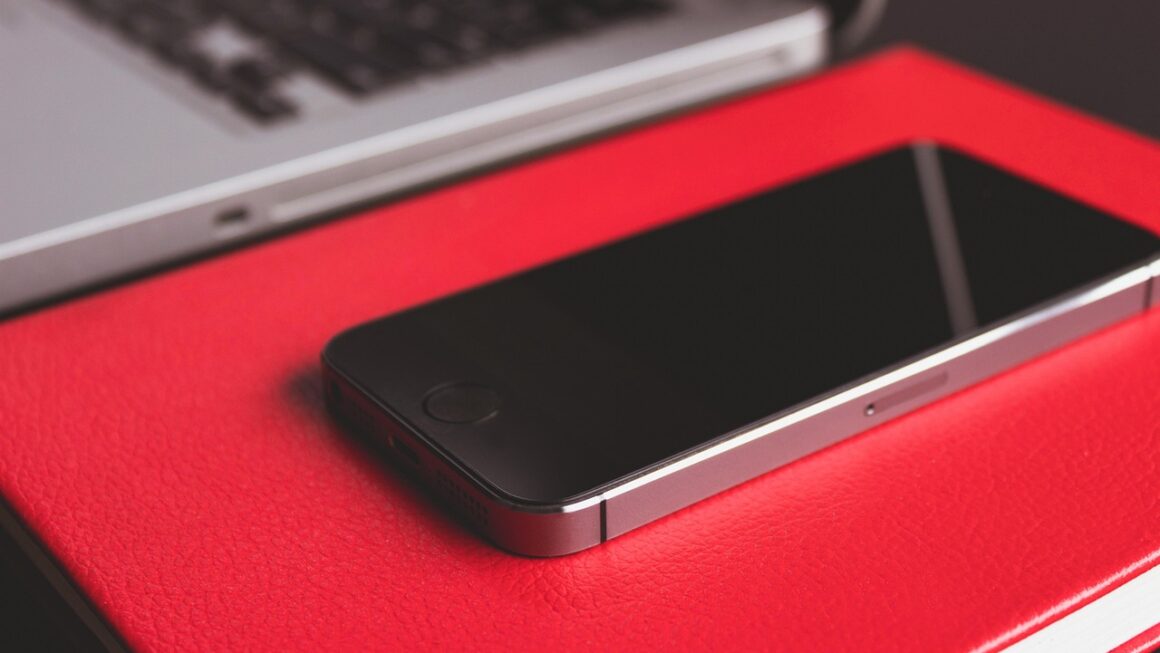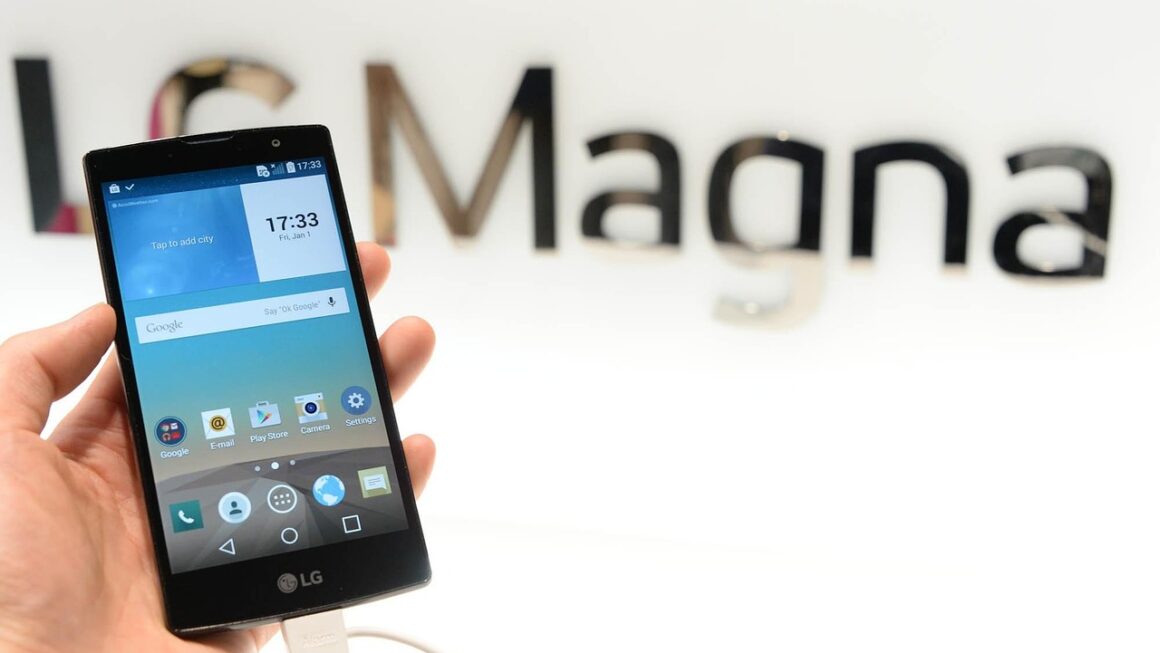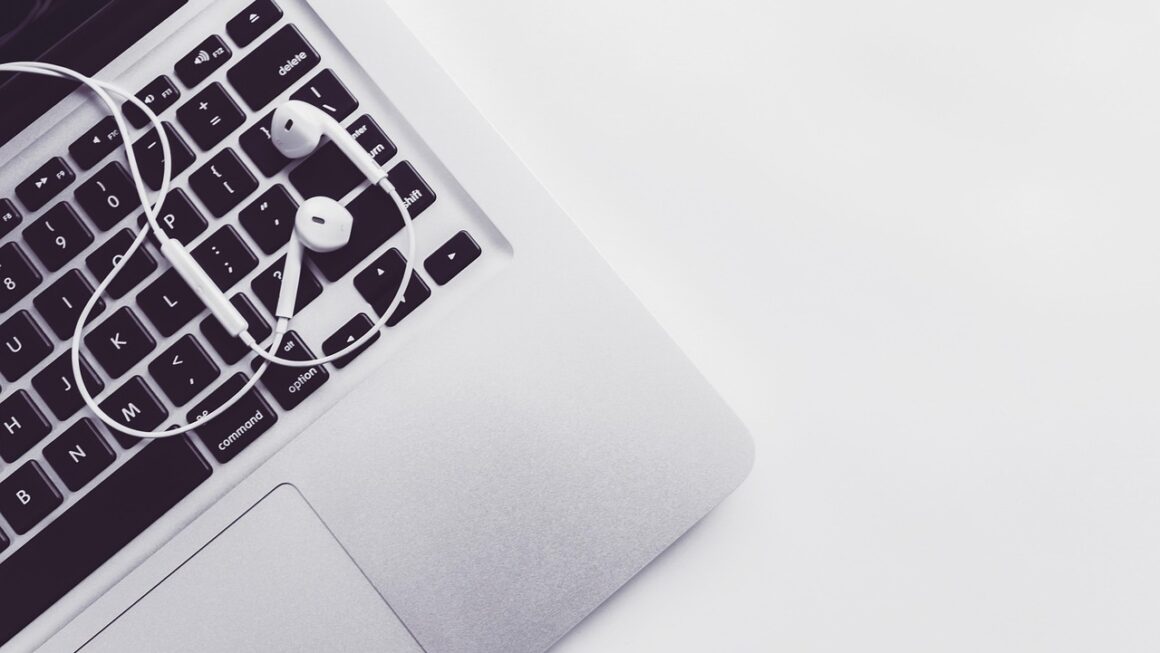Navigating modern life often means being constantly connected. Our smartphones, tablets, and laptops are indispensable tools, but their batteries rarely last as long as we need them to. Enter the power bank – your portable lifeline to keeping your devices charged and ready to go. But with so many options available, how do you choose the right one? This guide will walk you through everything you need to know about power banks, ensuring you select the perfect companion to keep you powered up.
Understanding Power Bank Basics
What is a Power Bank?
A power bank, also known as a portable charger or battery pack, is a rechargeable battery contained within a portable case. It stores electrical energy that can be used to charge electronic devices like smartphones, tablets, smartwatches, and even some laptops.
Key Specifications to Consider
When choosing a power bank, understanding its specifications is crucial. Here are the main ones to look at:
- Capacity (mAh): Measured in milliampere-hours (mAh), capacity determines how much charge the power bank can store. A higher mAh rating means more charges for your devices. For example, a 10,000mAh power bank can typically charge a smartphone with a 3,000mAh battery around 3 times.
- Output Current (Amps): Measured in Amps (A), this determines how quickly the power bank can charge your devices. Look for power banks with higher output currents (e.g., 2.1A or higher) for faster charging.
- Input Current (Amps): Determines how quickly the power bank itself can be charged. A higher input current allows for faster recharging of the power bank.
- Voltage (Volts): Typically 5V for USB devices, but some power banks may support higher voltages for laptops or other specialized devices.
- Ports: Consider the number and type of ports (USB-A, USB-C, Micro-USB) to ensure compatibility with your devices. Some power banks also include wireless charging capabilities.
Why Use a Power Bank?
Power banks offer numerous benefits for those constantly on the go:
- Extended Device Usage: Keep your devices running for longer, avoiding the dreaded “low battery” notification.
- Convenience: Charge your devices anywhere, without needing access to a wall outlet.
- Peace of Mind: Reduces anxiety about running out of battery during travel, outdoor activities, or emergencies.
- Versatility: Can charge a wide range of devices, from smartphones to cameras to portable gaming consoles.
Choosing the Right Capacity
Calculating Your Power Needs
Determining the right power bank capacity depends on your charging needs. Consider the following:
- Battery Capacity of Your Devices: Check the mAh rating of your smartphone, tablet, or other devices. This information is usually printed on the device or available in the specifications.
- Number of Charges Needed: How many times do you need to charge your devices on a single trip or day?
- Efficiency Losses: Power banks are not 100% efficient. Expect some energy loss during charging (typically around 10-20%).
Example: You have a smartphone with a 4,000mAh battery, and you want to charge it twice. Accounting for a 20% efficiency loss, you’ll need a power bank with a minimum capacity of: (4,000mAh x 2) / 0.8 = 10,000mAh.
Popular Capacity Ranges and Their Uses
- 5,000mAh: Ideal for topping up a smartphone once or twice. Lightweight and portable.
- 10,000mAh: Provides multiple charges for a smartphone or a single charge for a tablet. A good balance of capacity and portability.
- 20,000mAh: Suitable for charging multiple devices or providing several charges for larger devices like tablets or laptops. Larger and heavier.
- 25,000mAh+: Designed for extended trips or powering multiple devices for several days. Often includes features like USB-C Power Delivery (PD) for faster laptop charging.
Considerations for Travel
When traveling, consider airline regulations regarding lithium batteries. Most airlines allow power banks in carry-on luggage, but restrictions apply to capacity. Typically, power banks up to 100Wh (Watt-hours) are permitted without special approval. Power banks between 100Wh and 160Wh may require airline approval, and those exceeding 160Wh are generally prohibited.
Conversion: To convert mAh to Wh, use the following formula: Wh = (mAh / 1000) x Voltage (typically 3.7V for power bank cells).
Features and Technologies
Fast Charging Technologies
Modern power banks often support fast charging technologies that significantly reduce charging times.
- USB Power Delivery (USB PD): A fast charging standard that delivers higher power levels (up to 100W) for charging laptops, tablets, and smartphones. Requires USB-C port and compatible devices.
- Quick Charge (QC): A Qualcomm technology that allows compatible devices to charge faster. Different versions (QC 2.0, QC 3.0, QC 4.0) offer varying charging speeds.
- Adaptive Fast Charging: Samsung’s version of fast charging, similar to Quick Charge.
Port Types and Compatibility
- USB-A: The most common USB port type, used for charging most smartphones and smaller devices.
- USB-C: A newer, reversible USB port that supports faster data transfer and higher power delivery (USB PD). Increasingly common on modern devices.
- Micro-USB: An older USB port type, still found on some devices. Typically used for charging the power bank itself.
- Lightning: Used by Apple devices. Some power banks may include a built-in Lightning cable or port.
Additional Features
Beyond the basics, some power banks offer additional features that enhance their usability:
- Wireless Charging: Allows you to charge compatible devices by simply placing them on the power bank. Convenient but generally slower than wired charging.
- Digital Display: Shows the remaining battery percentage of the power bank.
- Multiple Ports: Enables you to charge multiple devices simultaneously.
- Built-in Cables: Some power banks include integrated charging cables, eliminating the need to carry separate cables.
- Rugged Design: Water-resistant, dustproof, and shockproof designs are ideal for outdoor adventures.
- Solar Charging: Power banks that recharge via solar energy. Ideal for camping or situations where access to power is limited.
Safety and Maintenance
Choosing a Reputable Brand
Prioritize purchasing power banks from reputable brands that adhere to safety standards. This minimizes the risk of overheating, short circuits, or battery explosions. Look for certifications like CE, FCC, and RoHS.
Proper Usage and Storage
Follow these tips to ensure the safe and long-lasting performance of your power bank:
- Avoid Extreme Temperatures: Do not expose your power bank to extreme heat or cold.
- Do Not Overcharge: Disconnect the power bank once it’s fully charged. Some power banks have overcharge protection, but it’s best to be cautious.
- Use the Correct Cables: Use the cables that came with your devices or high-quality cables from reputable brands.
- Store Properly: Store your power bank in a cool, dry place. Avoid storing it in direct sunlight or in a car on a hot day.
- Regularly Use It: Lithium-ion batteries degrade over time, even when not in use. Charge and discharge your power bank periodically to maintain its health.
Identifying Potential Issues
Be aware of these warning signs that may indicate a problem with your power bank:
- Overheating: If the power bank becomes excessively hot during charging or discharging, stop using it immediately.
- Swelling: If the power bank starts to swell or bulge, discontinue use and dispose of it properly.
- Unusual Odors: A burning or chemical smell can indicate a serious problem.
- Damaged Ports or Cables: Replace damaged cables or discontinue use if the ports are damaged.
Conclusion
Choosing the right power bank involves considering your individual needs and usage patterns. By understanding the key specifications, features, and safety precautions, you can select a power bank that keeps your devices charged and ready to go, providing peace of mind and convenience wherever you are. Invest wisely, prioritize safety, and enjoy the freedom of portable power!




